Burning in upland areas was the main area of contention among farmers and advisers at a hill farming event in Co Dublin.
Speaking to hill farmers in Glenasmole, Declan Byrne of the Sustainable Uplands Agri-environment Scheme (SUAS) said burning was an acceptable tool but it had to be controlled.
“We’re not telling farmers it’s a bad thing. It’s a tool and, used on the correct site and done in the correct way, it’s the best way of controlling heather and gorse.”
Farmers said burning was often necessary to maintain land in suitable condition to qualify for subsidies.
However, Byrne said fires were taking place over areas that were too large and were happening too frequently.
“Unfortunately, for the last 20 years the argument around burning has centred on the dates and people have lost sight of the reason why we do controlled burning and how we go about doing it,” he said.
Hill farmers can secure up to €281/ha in subsidies through the BPS, ANC and GLAS.
At a stocking rate of 1.5 to two ewes per ha, this equates to between €140/ewe and €187/ewe.
Ciaran Lynch of Teagasc said the average price secured by a hill lamb was €75, delivering a gross margin of just €19/ewe.
Both Byrne and Lynch agreed payments were crucial for hill farmers.
Byrne said the justification for these payments would be managing the hills to maintain habitats for biodiversity, sequester carbon, protect water quality and deliver recreational spaces.
Read more
Role of hill farming in maintaining upland areas recognised
Hollywood-style farming in west Wicklow
Burning in upland areas was the main area of contention among farmers and advisers at a hill farming event in Co Dublin.
Speaking to hill farmers in Glenasmole, Declan Byrne of the Sustainable Uplands Agri-environment Scheme (SUAS) said burning was an acceptable tool but it had to be controlled.
“We’re not telling farmers it’s a bad thing. It’s a tool and, used on the correct site and done in the correct way, it’s the best way of controlling heather and gorse.”
Farmers said burning was often necessary to maintain land in suitable condition to qualify for subsidies.
However, Byrne said fires were taking place over areas that were too large and were happening too frequently.
“Unfortunately, for the last 20 years the argument around burning has centred on the dates and people have lost sight of the reason why we do controlled burning and how we go about doing it,” he said.
Hill farmers can secure up to €281/ha in subsidies through the BPS, ANC and GLAS.
At a stocking rate of 1.5 to two ewes per ha, this equates to between €140/ewe and €187/ewe.
Ciaran Lynch of Teagasc said the average price secured by a hill lamb was €75, delivering a gross margin of just €19/ewe.
Both Byrne and Lynch agreed payments were crucial for hill farmers.
Byrne said the justification for these payments would be managing the hills to maintain habitats for biodiversity, sequester carbon, protect water quality and deliver recreational spaces.
Read more
Role of hill farming in maintaining upland areas recognised
Hollywood-style farming in west Wicklow




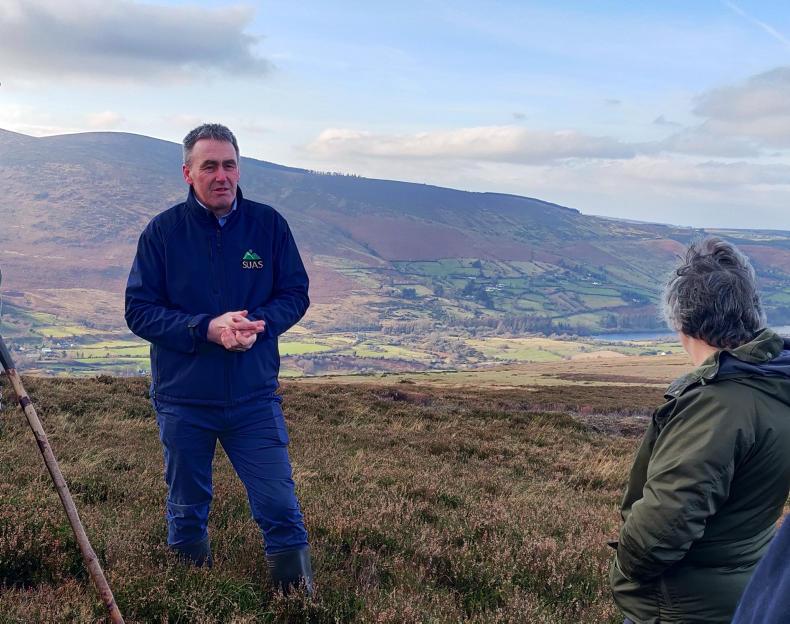
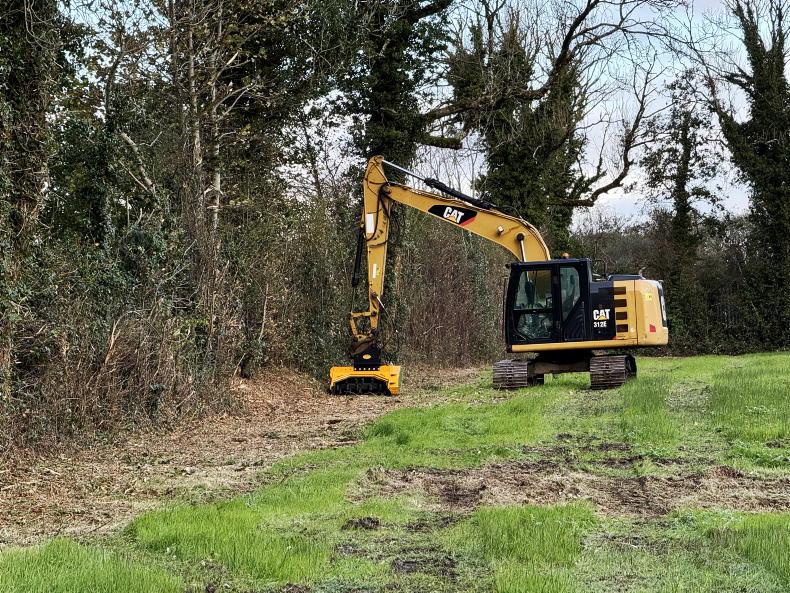
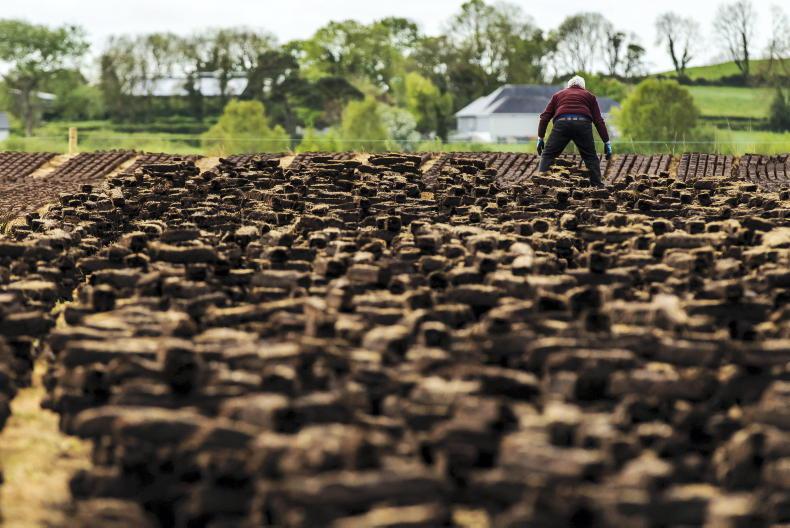
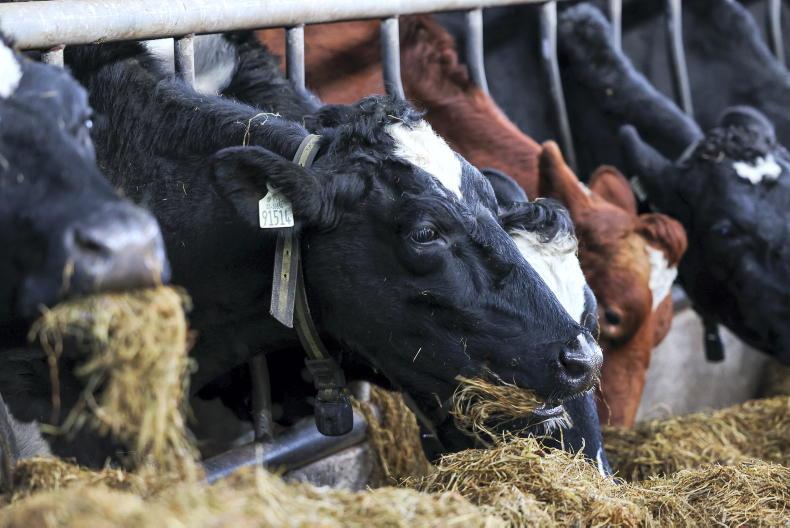
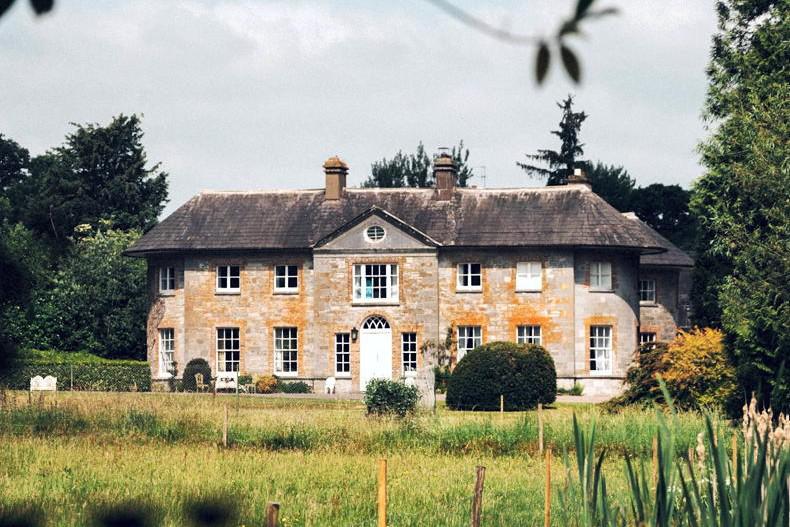
SHARING OPTIONS